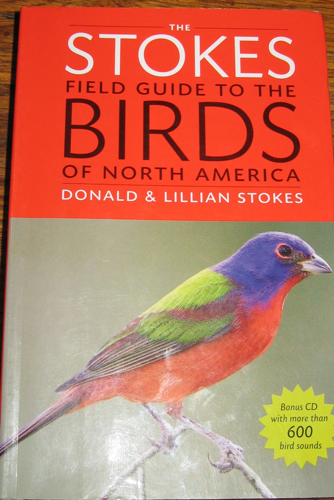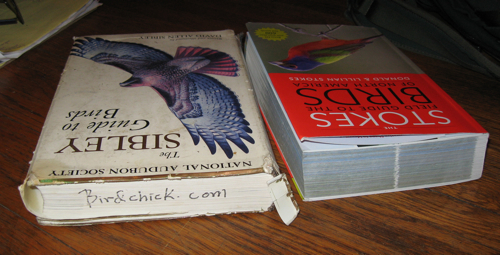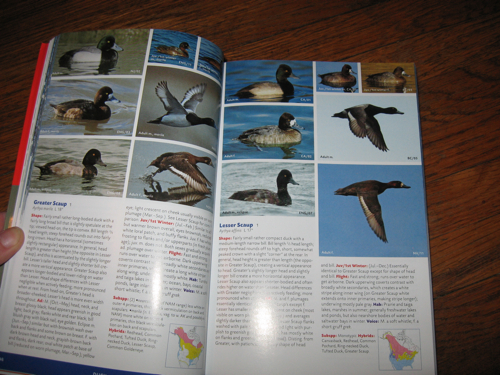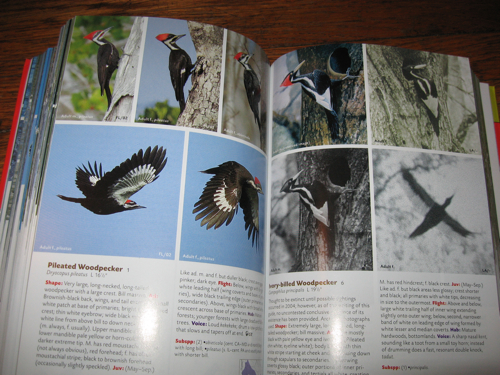There are some new photographic field guides coming down the pike, one is the newly available Stokes Field Guide to the Birds of North America by Donald and Lillian Stokes. I've sat with it for a few weeks to get to know it before I gave my review.

So here it is, if you are a fan of photographic field guides--you'll really like this guide for reference. If you are dedicated to using illustrated guides, you will not care for it. Birders seem to be divided on this issue. Growing up, I always preferred photographic guides. I think my issue is that illustrators pose the birds in a way that you can see as many filed marks as possible on the bird and birds are rarely that cooperative in the field. There's something about a photo that communicates posture, shape and color very clearly to me that an illustration cannot. I think it depends on how your brain works. But the Stokes Eastern Guide was my preferred field guide growing up. I liked it better than National Geographic or Peterson.

The one downside that people might find with this guide is the size--it's bigger and heavier than the Sibley guide making it unwieldy in the field. Some birders would argue that you shouldn't be taking a field guide out birding with you anyway because you'd spend too much time with your nose in a book and not enough time studying the actual bird in front of you. So, it's sheer size and weight will make you want to keep it at home.

You get a lot of great information and photos for the weight. The photos are fantastic and a marked improvement over the previous guides put out by the Stokes. The front is especially helpful using up close shots of birds in various poses to teach the reader about bird anatomy and what the authors are talking about when naming field marks.

The Stokes did a great job of using the photos for comparisons of difficult birds like greater scaup versus lesser scaup. I especially appreciated the field marks shown on the wing, as this is what I need when we do our aerial surveys. This

They even went the extra mile and included a colorized image of an ivory-billed woodpecker next to the pileated woodpecker. This is definitely the most comprehensive photographic guide available. The guide includes 853 North American bird species (unlike the previous guides which were divided into Eastern and Western regions) and also includes a CD of bird calls of 683 species in the book. It's incredible how much birding bang for your buck you can get in a field guide now. To get all of this info in the year 2000, I would have had to have purchased both the guides and the separate CDs for each region totaling close to $80. Now, I can get it all packed in this guide for $24.99 or less. Amazing.
This is a very good guide, I do not know that I would call it revolutionary. Revolutionary would be turning this book into an iPhone or iPod Touch app or even better, I'd love for this guide to be available on an iPad. This book might be intimidating to a new birder, but for someone who already has their toes in the water with a state birding guide, this would be a good "next step" guide. This is also idea for the hardcore birder who is forever searching for another guide to use as reference--you can never have too many field guides.
